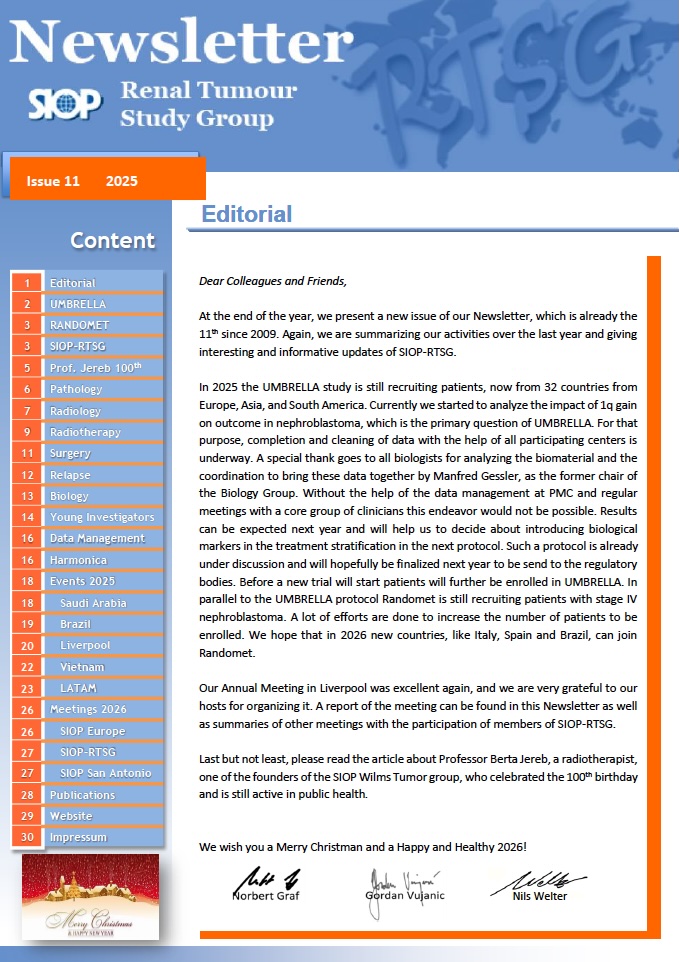"Improved survival following a diagnosis of childhood cancer is one of the success stories of modern medicine," said corresponding author Kirsten Ness, co-first author on the paper, member of the St. Jude Department of Epidemiology and Cancer Control, and CCSS investigator. "As part of our ongoing work for the Childhood Cancer Survivor Study, we wanted to investigate how survivors treated with contemporary therapy view their health status compared with survivors from earlier decades. Surprisingly, the data from the survey show a lack of improvement in perceived health status by childhood cancer survivors over the past 30 years, which serves as an important reminder that cures for cancer do not come without some consequences to patients."
The Childhood Cancer Survivor Study is a multi-institutional investigation of childhood cancer survivors that has provided detailed information not only on the prevalence of disease but also on contributory factors that influence the adverse health status of cancer survivors. The cohort of patients in the CCSS was recently expanded to include individuals diagnosed between 1987 and 1999. This allowed investigators to look at how improvements to treatments have affected reported patient health over three decades.
The new study involved 14,566 adult patients aged 18-48 years old who were treated for pediatric cancer in 27 institutions across North America. The analysis focused on treatments for solid tumors and cancers of the blood (including acute lymphoblastic leukemia, astrocytoma, medulloblastoma, Hodgkin lymphoma, non-Hodgkin lymphoma, neuroblastoma, Wilms tumor, rhabdomyosarcoma, Ewing sarcoma and osteosarcoma). Surgery, radiation and chemotherapy treatments were selected for evaluation.
As part of the survey, patients provided feedback that described their general health, functional impairment, limits to activity, mental health, pain and anxiety. Treatment scores and adverse health status were reported as findings for 1970-79, 1980-89 and 1990-99.
While contemporary therapy for certain childhood cancers has led to a reduction of late mortality and extended the lifespan of survivors, the researchers reported there was no parallel improvement in patient-reported health status among survivors. "Overall, we observed increases in the proportions of childhood cancer survivors treated from 1990-99 who reported poor general health and anxiety," said Ness.
"Considerable progress has been made over the years to extend the lives of childhood cancer survivors," said Melissa Hudson, M.D., a co-first author of the paper, director of the St. Jude Division of Cancer Survivorship and CCSS co-investigator. "Survivors from more recent eras of treatment are less likely to die from the late effects of cancer treatment and are living longer. The current study reemphasizes that one of the significant challenges ahead is to find ways to improve quality of life and health for all survivors of childhood cancer."
While the findings indicate a lack of reported improvement in health status for survivors, the investigators did highlight potential limitations of the study. Although participation in the survey was high, not every survivor eligible for inclusion agreed to take part. The study also did not consider the effects of risk factors to health on mortality. In addition, the researchers pointed out that worse later health outcomes could at least partially be explained by the fact that survivors are living longer.
The authors did note one area where more interventions could help in the future. Activities that interfere with overall wellness for the wider population also contribute to adverse health status for childhood cancer survivors. High-risk behaviors like smoking, heavy drinking, lack of exercise or poor diet were associated with adverse health status in the survey. Clinicians and survivors should, therefore, work together to help to improve health status outcomes by using appropriate interventions and modifying high-risk behaviors.
The other authors are Kendra Jones, Yutaka Yasui, Todd Gibson, Daniel Green, Kevin Krull, Gregory Armstrong, and Leslie Robison, all of St. Jude; Wendy Leisenring, Fred Hutchinson Cancer Research Center; Yan Chen, University of Alberta; Marilyn Stovall, University of Texas; Joseph Neglia, University of Minnesota Medical School; Tara Henderson, University of Chicago; Jacqueline Casillas, University of California at Los Angeles; Jennifer Ford and Kevin Oeffinger, Memorial Sloan-Kettering Cancer Center; Karen Effinger, Emory University; and Paul Nathan, The Hospital for Sick Children, Toronto.
This work was supported by grants (CA55727, CA21765) from the National Cancer Institute, part of the National Institutes of Health; and ALSAC.




